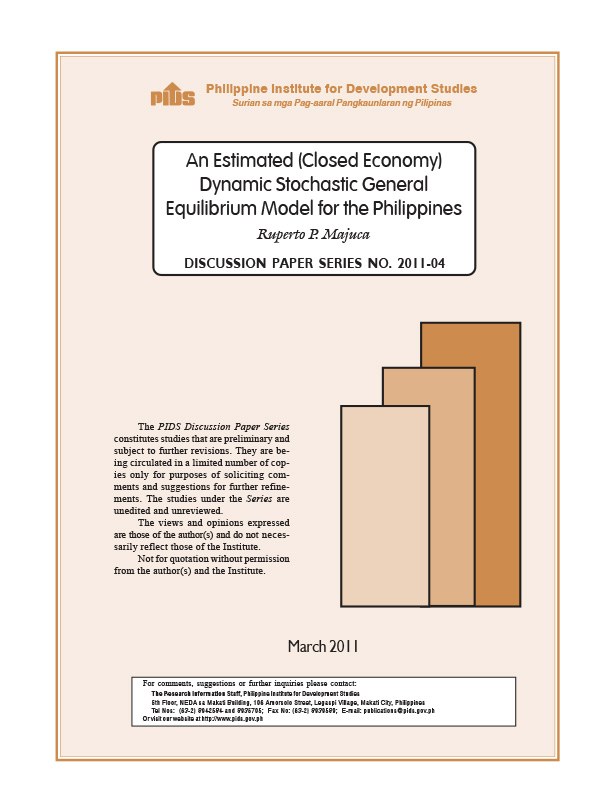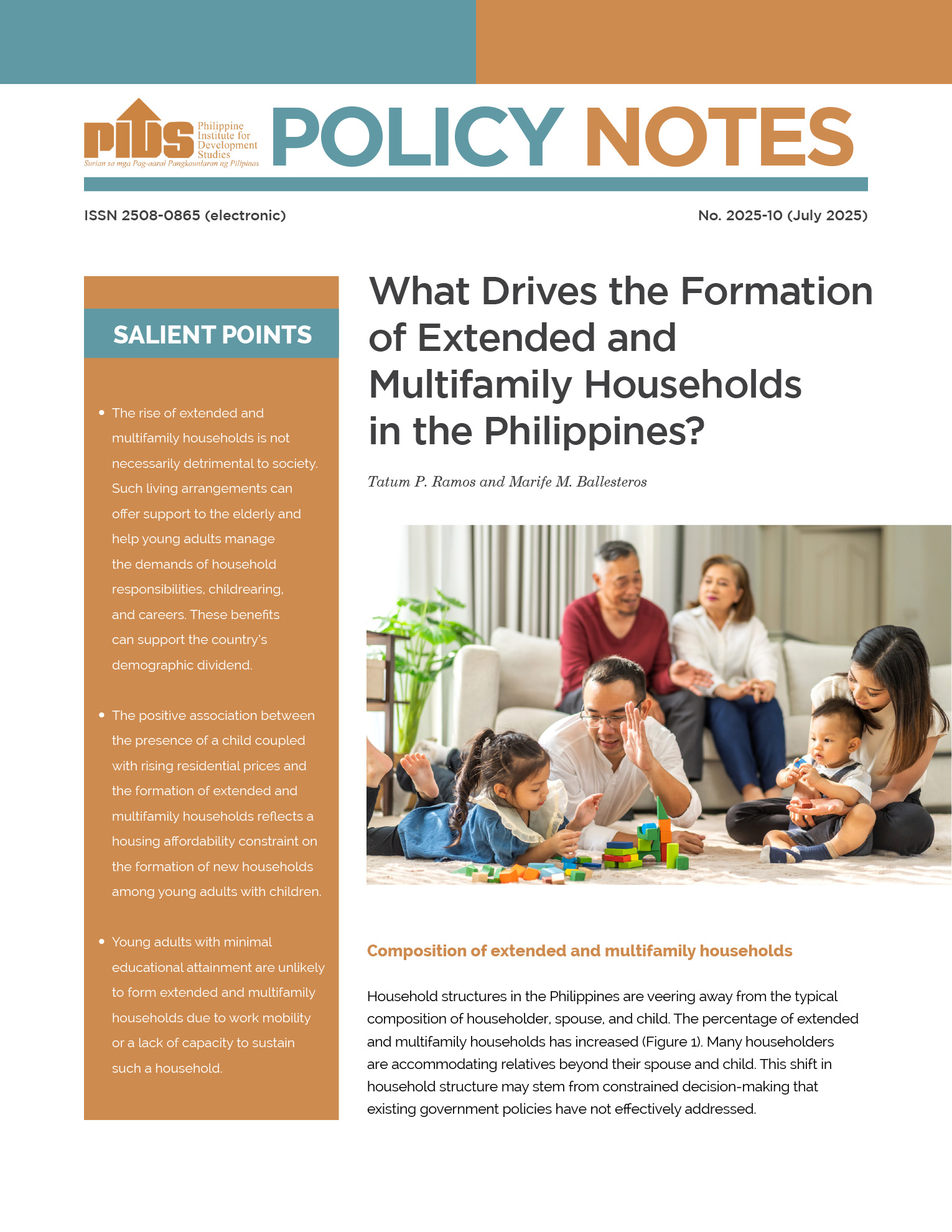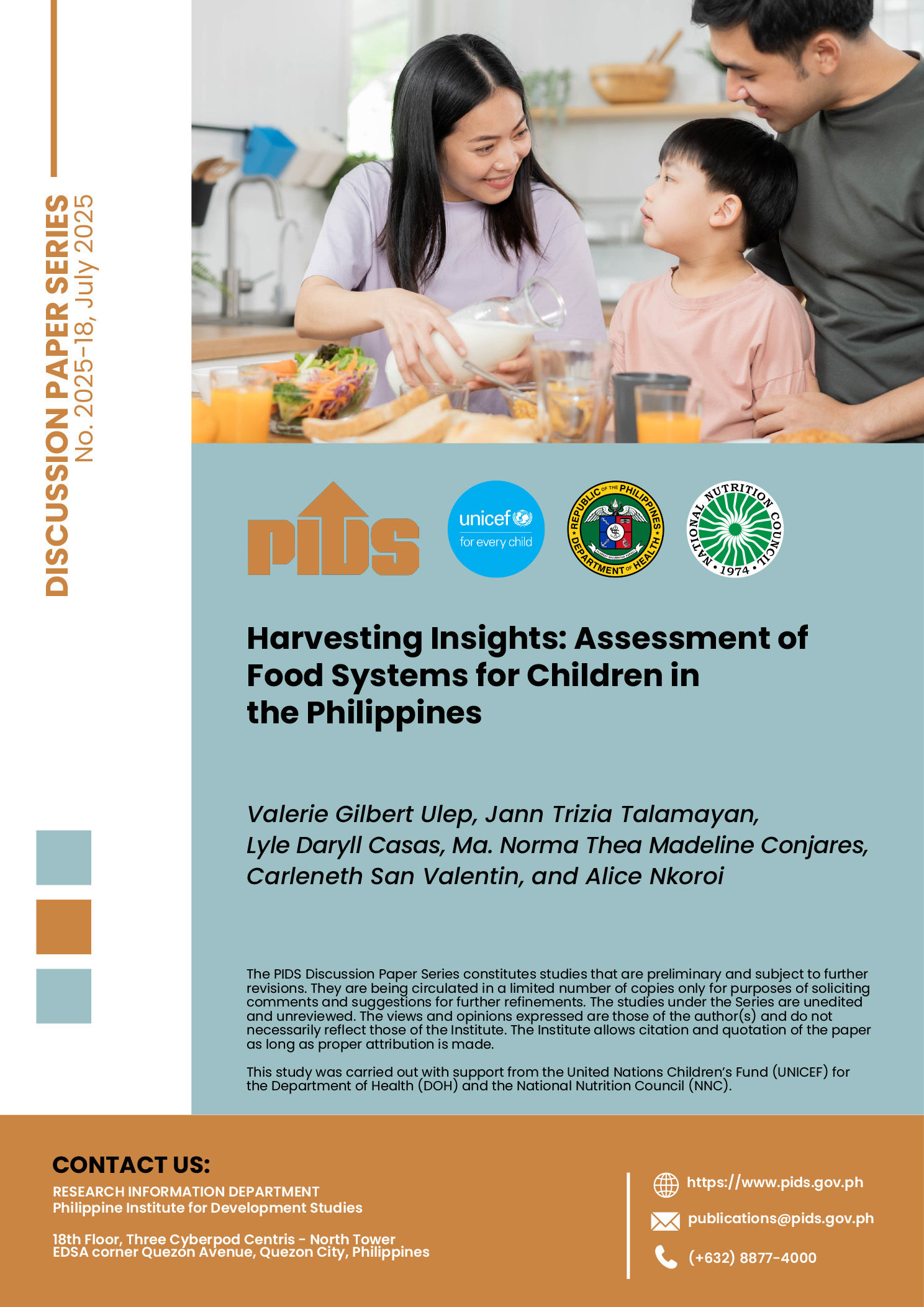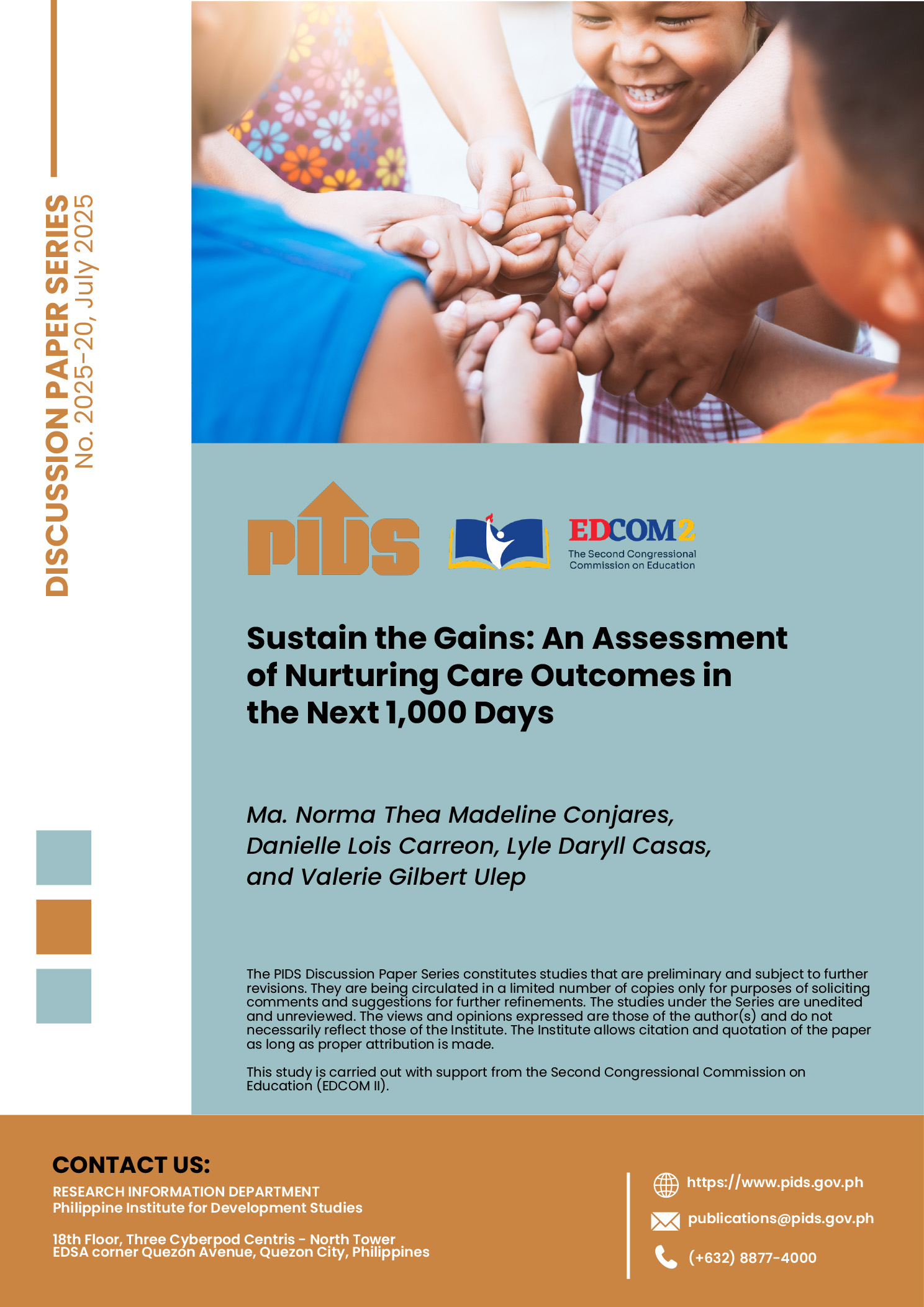We use Bayesian methods to estimate a medium-scale closed economy dynamic stochastic general equilibrium (DSGE) model for the Philippine economy. Bayesian model selection techniques indicate that among the frictions introduced in the model, the investment adjustment costs, habit formation, and the price and wage rigidity features are important in capturing the dynamics of the data, while the variable capital utilization, fixed costs, and the price and wage indexation features are not important. We find that the Philippine macroeconomy is characterized by more instability than the U.S. economy. An analysis of the several subperiods in Philippine economic history also reveals some quantitative evidence that risk aversion increases during crisis periods. Also, we find that the inflation targeting (IT) era is associated with a more stable economy: the standard deviations of the technology shock, the risk-premium shock, and the investment-specific technology shock have significantly lower variability than the pre-IT era, with the last two shocks being reduced by a factor of 5.6 and 2.3, respectively. The IT era is also associated with lower risk aversion. We also find that the adoption of inflation targeting is associated with interest rate smoothing in the monetary reaction function. With a more inertial reaction function, the Bangko Sentral ng Pilipinas (BSP) had achieved greater credibility and consequently, it was able to manage the expectations of forward-looking economic actors, and thereby achieved greater responses of the goal variables to the policy rates, even if the size of interest rates changes are smaller. However, we also find that BSP`s conduct of monetary policy appears to be more procyclical than countercyclical, particularly during the Asian financial crisis, and the recent global financial and economic crisis.













